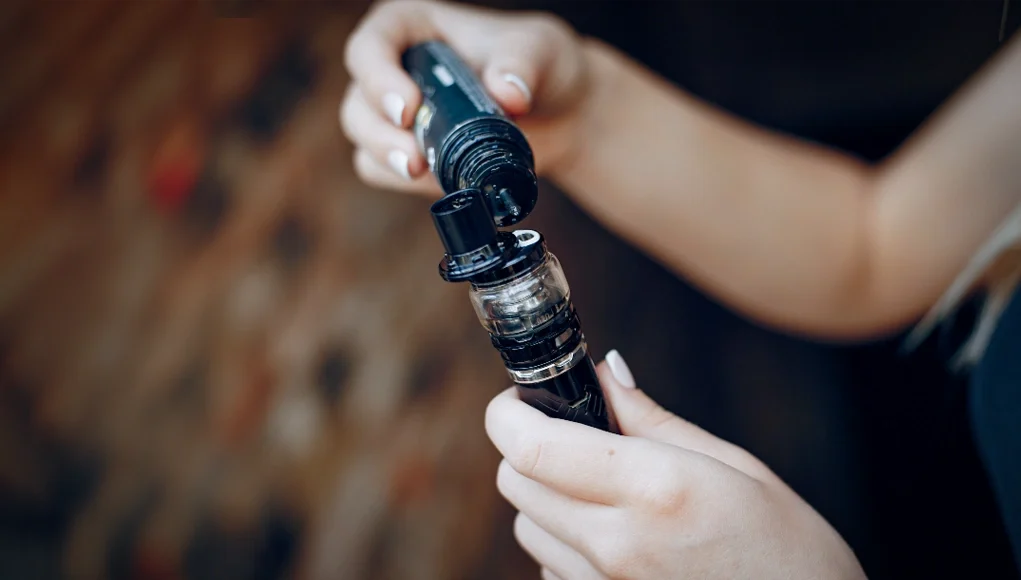
While some believe that reducing nicotine levels in tobacco products helps users fight their addiction, others argue that amongst other things, it just pushes them to smoke/use more in order to make up for inhaling less nicotine and therefore ingest more of the harmful chemicals.
As the Biden administration is coming to a close, the U.S. Food and Drug Administration (FDA) has submitted a proposal to the Office of Management and Budget to set a maximum nicotine level for tobacco products. This significant regulatory step could lower nicotine in cigarettes, potentially reducing addiction and encouraging smokers to quit. But how about its effect when set on alternative nicotine and tobacco products?
The idea of limiting nicotine levels has been under discussion since 2018, with President Biden’s FDA commissioner, Dr. Robert Califf, emphasizing the need for bold measures in 2022. The proposal aligns with research suggesting that reducing nicotine content diminishes smoking frequency and withdrawal symptoms, aiding cessation efforts. While the process involves public feedback and potential legal challenges from the tobacco industry, those in favour believe that the measure could revolutionize public health.
Tackling a nicotine addiction
Smoking remains a leading cause of preventable death and disease in the U.S., affecting over 28 million adults, with 16 million suffering from smoking-related illnesses. Nicotine’s addictive nature complicates quitting – although most smokers express a desire to stop, fewer than 10% succeed annually.
However, the debate around setting nicotine limits in tobacco products evokes strong reactions and arguments on both sides. Advocates for nicotine limits argue that reducing nicotine content can significantly diminish tobacco addiction. They refer to studies suggesting that when nicotine levels in cigarettes are reduced to minimally addictive levels (e.g., below 0.5 mg per cigarette), smokers reduce their cigarette consumption and make more attempts to quit.
FDA modeling estimates suggest that setting nicotine limits could prevent over 33 million people from becoming regular smokers, prompt 5 million current smokers to quit within a year, and result in 134 million additional life-years gained. Those in favour of nicotine limits believe that capping nicotine levels could make cessation more attainable and decrease youth initiation rates, referring to the data indicating that a significant number of U.S. middle and high school students currently vape.
Proponents argue that reducing addiction potential aligns with broader public health goals, such as reaching smoke free goals. However, they tend to fail to distinguish between reducing nicotine levels in deadly cigarettes, and safer nicotine or tobacco alternatives such as vapes, heated tobacco products and nicotine pouches. Meanwhile, critics caution that setting nicotine limits might have unintended consequences.
What do real-world data tell us?
Lower nicotine levels may prompt some smokers to consume more cigarettes to satisfy cravings, increasing exposure to harmful chemicals. Moreover real-world data from countries like New Zealand – where such measures were implemented, indicate mixed results. While smoking rates declined, disparities persisted among marginalized groups, raising concerns about equity. While 2017 data from the UK had indicated that the introduction of nicotine limits on vaping products as part of the EU Tobacco Products Directive (TPD) in the UK, drove many seasoned smokers who had switched to vaping, back to smoking.
Moreover, such restrictions tend to foster black markets for higher-nicotine products, undermining public health efforts and complicating enforcement. This was in fact another unfortunate post TDP pattern witnessed in the UK. Each month, authorities across the UK confiscate tens of thousands of illegal vapes from black market vendors. In 2023, nearly 3,000 sellers involved in the illegal vape trade were identified nationwide.
Hence, while nicotine limits may offer some benefits when introduced on cigarettes, the case may be different for safer alternative products. Implementing such measures requires careful consideration of scientific studies and real-world data to ensure effectiveness, minimize unintended consequences, and address disparities, ultimately creating a balanced approach for a healthier future.
